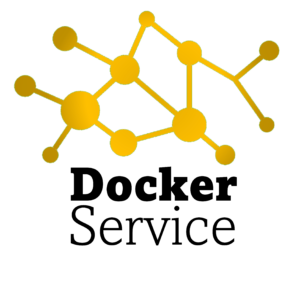This section contain some of the most important roles within Service Operations.
Incident Management
1st Level Analyst
Practitioner, which pre-analysis incomming user requests based on given criterias (type of request, category, severity, priority, repsonsibility, etc.). It also checks the FAQ for given workarounds and solutions.
2nd Level Analyst
If the 1st level analyst cannot solve the user request, the 2nd level is providing a solution based on records from the Known Error Database (KEDB). Further reproduction steps and all required input for a 3rd level analysis is gathered.
3rd Level Analyst
If 2nd level analyst cannot solve the user request, the 3rd level is providing the solution. This role is usually the development team of the provided service. If no short-term solution is identified they evaluate to open a Problem Management Record for the issue for a long term solution. Findings are documented within the Known Error Database (KEDB).
Problem Management
Problem Analyst
Analysis the root cause for re-occuring incidents. This role closely collaborates with 3rd level analysts or is part of the same team as 3rd level analysts in most cases. Ressources can be rotated with that team.
Request Fulfilment
Request Fulfilment Analyst
Pratctitioner to execute service requests and provide guidance to create Standard Operating Proceedures and Working Procedures.
Event Management
Event Management uses the roles from:
- Technical Management
- Application Management
- IT Operations Management
Service Desk
Single point of contact for customers and end-users, which executes defined activities out of the ITSM processes. Services Desks can be established within the following setups:
- Local
- Central
- Virtual
- Follow-the-Sun
- Specialized
Service Desk Manager
This role is accountable for the performance and outcome of the Service Desk. He also maintains and extends the knowledge of the Service Desk.
Service Desk Supervisor
This role is an experienced Super User, also having management skills. It is used as escalation instance for Super Users and supports in case of issues. The role is also responsible for the performance of the team, e.g. by defined resolution times in call-center approaces.
Service Desk Analyst
This role analyzes the business needs of the Service Desk and identifies issues and trends within the same. The input is provided to the Service Desk Supervisor for service improvement. This role also supports other processes due to it’s understanding of the challanges and interests of the Service Desk.
Super User
Also known as Key-User, which have high communication skills and can document and resolve user questions. They are also able to identify the business need for user requests and can guide them to a solution.
Technical Management
Technical Management identifies, develops and extends the technical knowledge and experience of a company. They also provide the ITSM organization ressourcesto support all Life-Cycles.
Technical Manager
Also known as team leader. He is accountable for the IT infrastructure, by maintaining and extending the knowledge about the IT infrastructure and -landscape.
Technical Analyst
Analysis requirements and dependencies for the IT infrastructure and landscape. This role also supports other ITSM processe due to it’s knowledge about the functional behavior of the IT infrastructure and landscape.
Technical Architect
Technical role, which understands the architecture of the IT landscape. This role also supports other ITSM processe due to it’s knowledge about the technical dependencies of the IT infrastructure and landscape.
Application Management
Appölication Management is responsible for the management of applications within the Life-Cycle. For applications they the same as Technical Management is for IT infrastructure:
- Maintaining the knowledge
- Provider of resources
Therefore Application Management receives and identifies requirements, designs solutions, build and tests those, organizes the deployment to operate and optimize them afterwards.
Application Manager
Accountable for a application. He organizes all activities related to the application.
Team leader
Escalation instance and responsible for the team. He receives requirements from the Application Manager and provides the solution within the team. For smaller applications this role is part of the duty of the Application Manager.
Application Analyst
Analyses requirements for completeness and dependencies and creates a solution design out of it. This role also supports other ITSM processe due to it’s knowledge about the application.
Application Architect
Technical role, which understands the IT landscape and software architecture of the application. This role also supports other ITSM processes due to it’s knowledge about the application landscape.
IT Operations Management
IT Operations Management executes required activities and processes, which are required to manage and maintain the IT infrastructure. This is done based on the Service Level Agreements. There are two main divisions of IT Operations Management, which contain the mentioned roles of this section:
- IT Operations Control
e.g. for comprehensive controling and coordination of activities - Facilities Management
IT Operations Manager
Accountable for the deliverables of IT operations.
Shift Leader
Escalation instance and responsible for certain shifts and their staffing of IT Operations Analysts and IT Operators
IT Operations Analyst
Analyses patterns and current issues and defines the topics for IT operators. This role further supports other processes and roles.
IT Operator
Practitioner of IT Operations related activities

